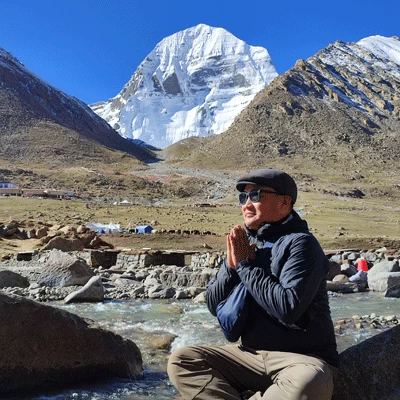Mount Everest (8848.86 m), known as Sagarmatha in Nepalese and Chomolungma in Tibetan, earned its designation as the world's highest peak after a survey conducted by the Survey of India. Initially labeled as Peak XV, the Surveyor General of India proposed naming it after his predecessor, Sir George Everest. Despite some controversy, the Royal Geographical Society officially accepted the name in 1865. Subsequently, it was revealed that Sherpas and Tibetans had their own local name for the peak, with the Tibetan name more accurately being Jomo/Miyo Lan Sangma, representing the female deity residing on the mountain, riding a red tiger, and considered one of the five sisters of long life. Notably, the Nepalese did not have a name for the mountain until 1956, when Babu Ram Acharya coined the term Sagarmatha, meaning "head of the sky.

Sir Edmund Hillary of New Zealand and Tenzing Norgay Sherpa of Nepal achieved the first ascent of Everest on May 29, 1953, leading a British expedition led by John Hunt. The initial attempt on Everest was in 1921, led by Lt. Colonel Charles Howard-Bury, primarily from the Tibetan side, as Nepal remained closed to outsiders until 1950. Since the historic ascent in 1953, over 1,000 climbers have reached Everest's summit, with Apa Sherpa holding the record for 21 ascents. The commonly traversed route is the southeast ridge. Noteworthy achievements include Reinhold Messner and Peter Habelar's pioneering ascent without bottled oxygen and Messner's subsequent solo climb, marking significant milestones in Everest's climbing history.





